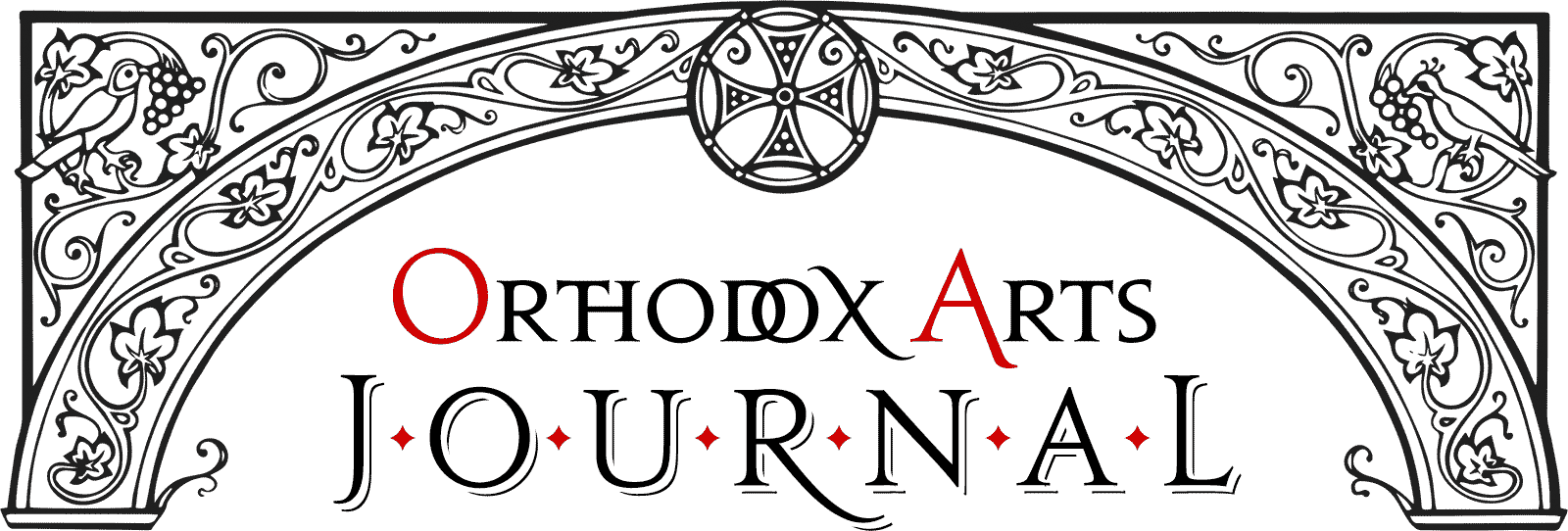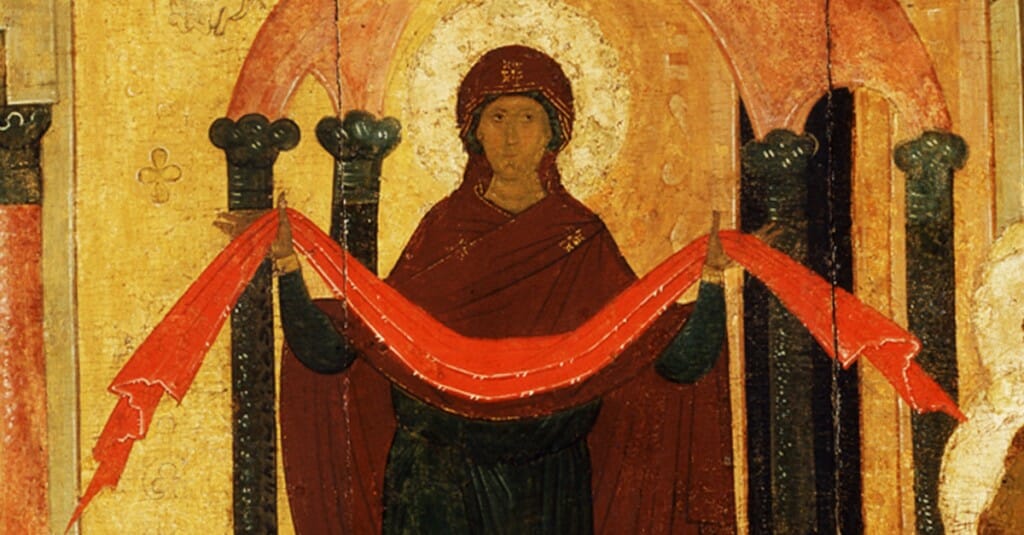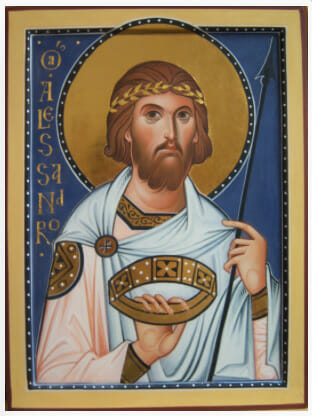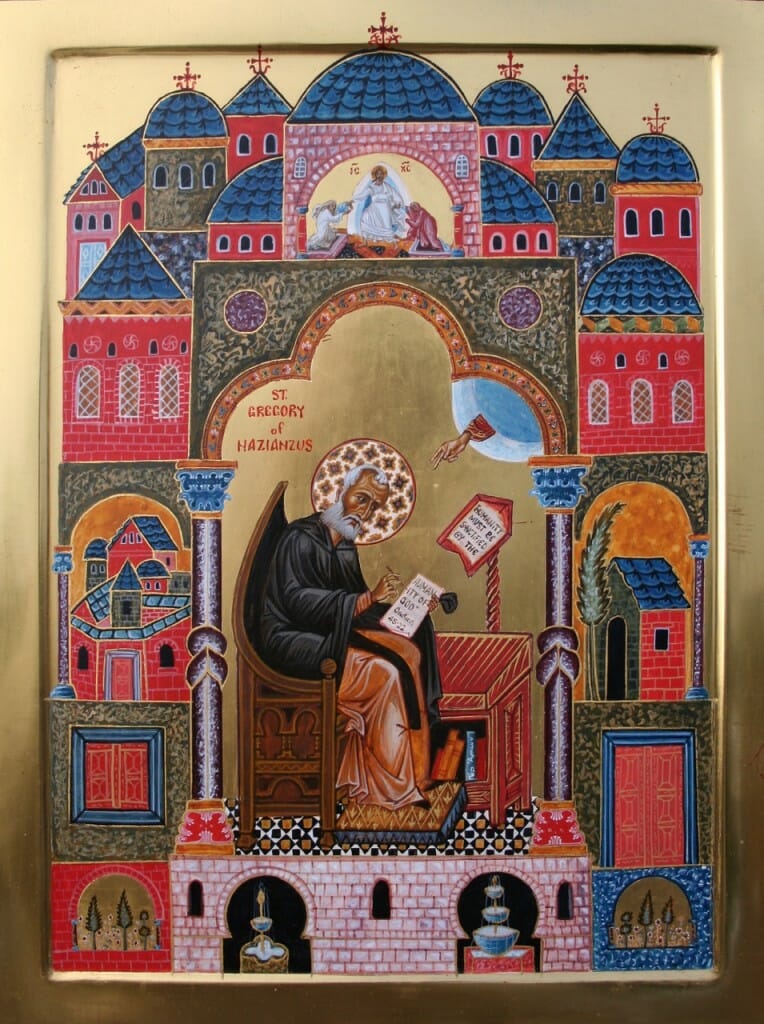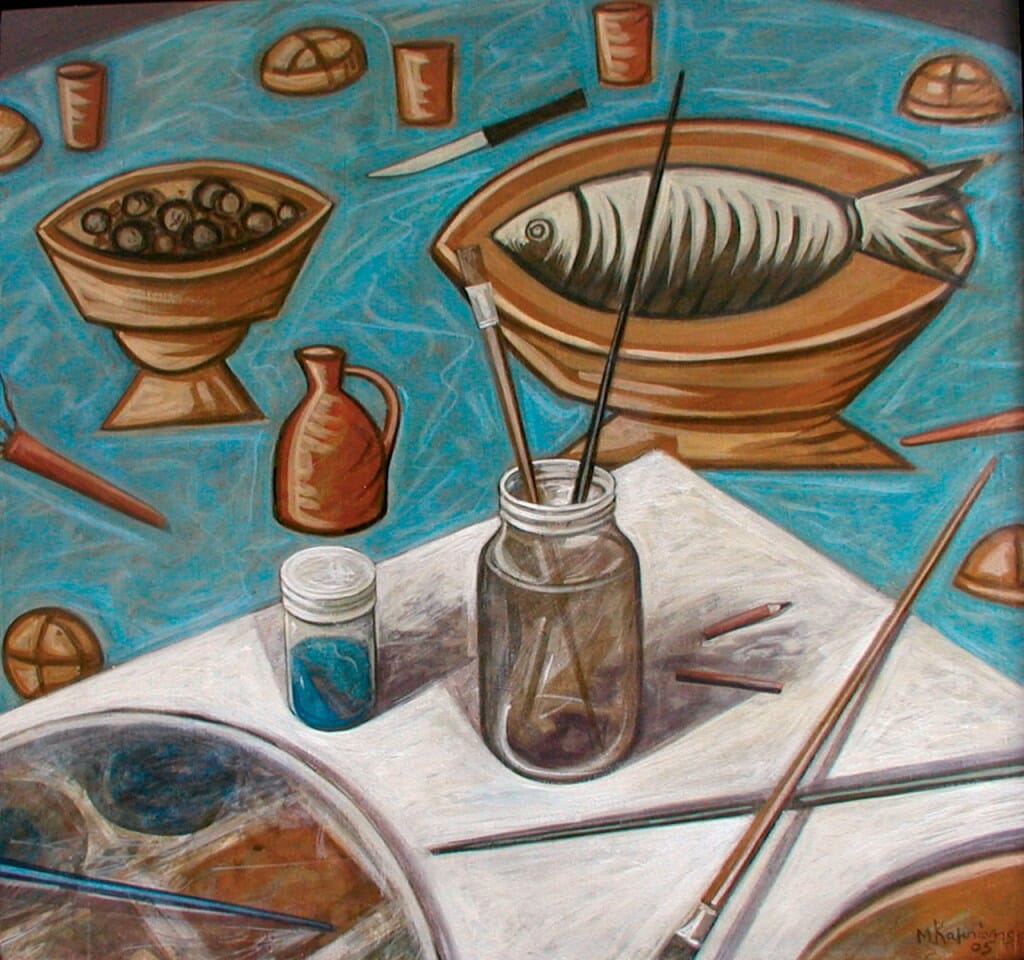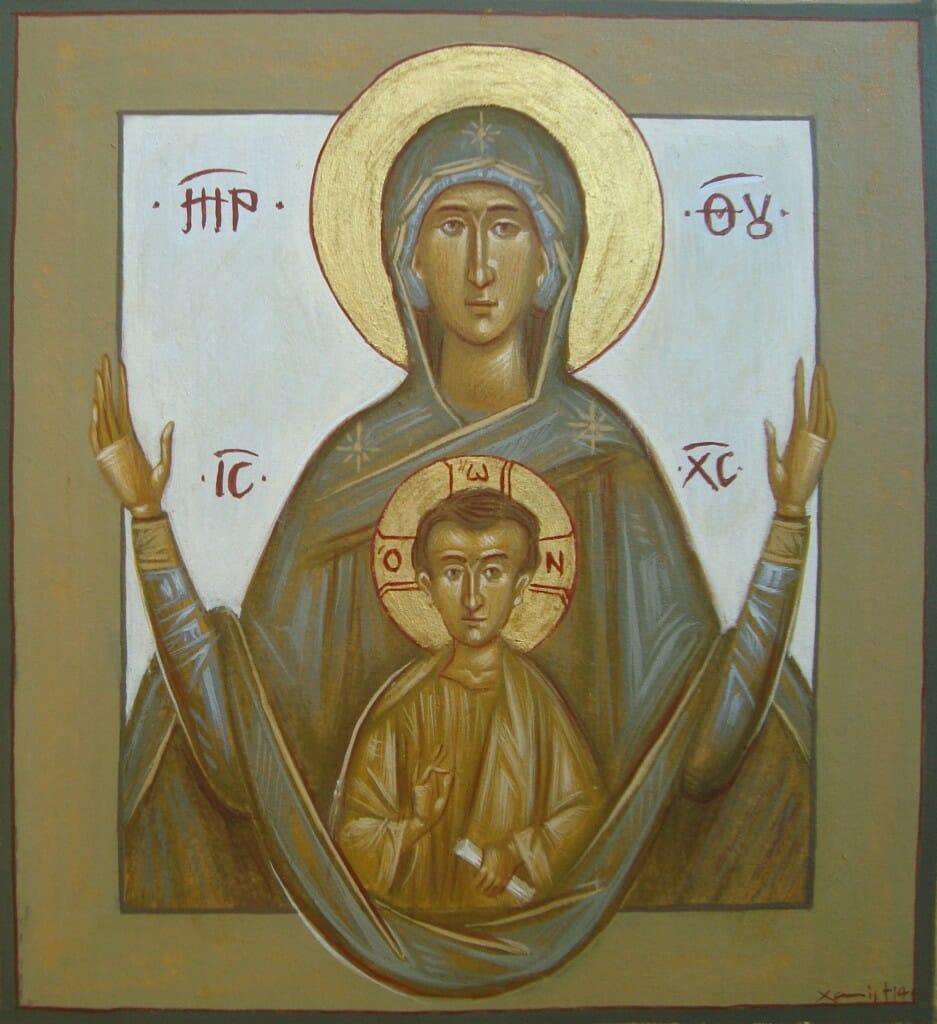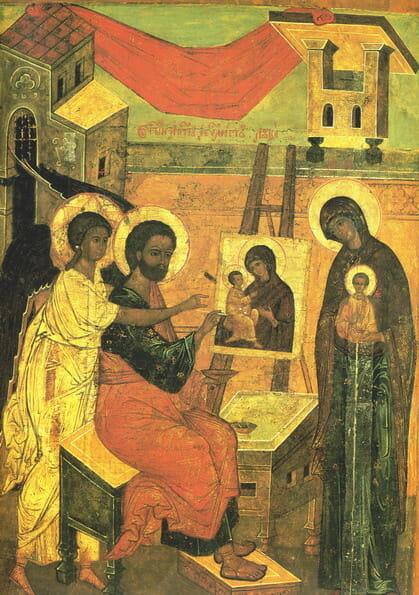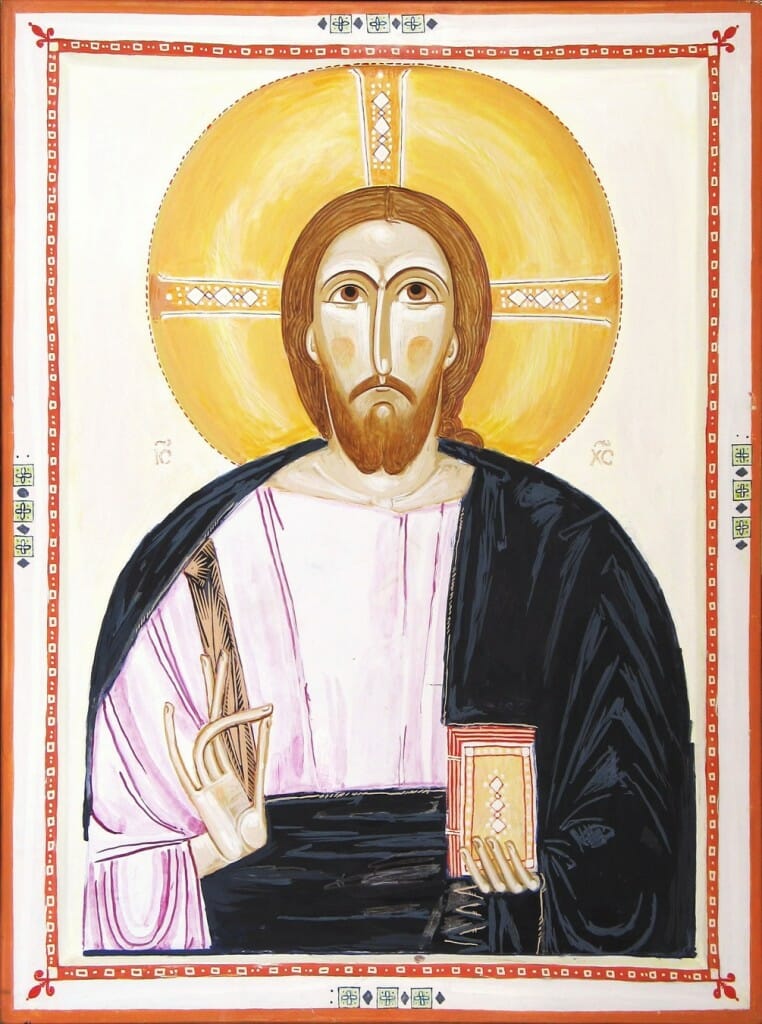Iconography
Interview with Daniel Neculae
(Editor’s note: A few years ago we introduced our readers to the luscious work of Daniel Neculae, a Romanian iconographer now living in Luxembourg. Last year Daniel gave his first workshop in the US which was attended Marek Czarnecki, veteran American iconographer and teacher himself who agreed to conduct and edit this interview for us.)…
Continue reading »Contemporary Iconographers of Russia
From December 11, 2015 to January, 19, 2016 (Moscow, Russia) “Tsar’s Tower” exhibition hall, in Kazansky railway station, hosted a large-scale exhibition entitled “Contemporary Iconographers of Russia”. The exhibit featured sixty iconographers, masters of mosaic and gold embroidery, jewelers as well as architects from Moscow, Saint Petersburg, Ekaterinburg, Vladimir, Archangelsk and other Russian cities. The exhibit showcased an…
Continue reading »Sacred Space, Sacred Art and The Power of Women
We live in a confused time. Many of the basic foundations which hold the world together have been made fragile. Up/down, center/periphery, inside/outside have all been eroded in their power to frame existence as we watch floodwaters rise around us. One of the foundations systematically attacked through sophisticated rhetoric and political ideology is the complementary…
Continue reading »Today and Tomorrow: Principles in the Training of Future Iconographers pt.2
This is post 2 of 2 in the series “Today and Tomorrow: Principles in the Training of Future Iconographers” Aidan Hart looks at principles of style, composition and fabrication in icons, how these are meaningful in our consideration of iconography and how such considerations should be transmitted to the next generation of artists. Today and…
Continue reading »Today and Tomorrow: Principles in the Training of Future Iconographers pt.1
This is post 1 of 2 in the series “Today and Tomorrow: Principles in the Training of Future Iconographers” Aidan Hart looks at principles of style, composition and fabrication in icons, how these are meaningful in our consideration of iconography and how such considerations should be transmitted to the next generation of artists. Today and…
Continue reading »A Matter of “Ethos”: An Interview with the Painter Markos Kampanis
We often forget that our contemporary art, although the offspring of the 20th century revolutionary avant-garde, has its own set of artistic dogmas, its form of “orthodoxy”, so to speak. Ironically, although the avant-garde might have shattered the stifling shackles of the Academy, it has now itself become another form of restrictive academy, forming an…
Continue reading »The Icon Painting Tradition and Modern Art: Hermeneutical Considerations
To articulate what is past does not mean to recognize ‘how it really was’. It means to take control of a memory, as it flashes in a moment of danger. Walter Benjamin In 1557, the Corpus Historiae Byzantinae, a series initiated by the German monk and humanist Hieronymus Wolf[1], was published. Ever since, the region…
Continue reading »A New Icon of St. Mary of Egypt and St. Zosimas: Notes on Form & Symbolism
A New Icon of St. Mary of Egypt and St. Zosimas Notes on Form & Symbolism By Fr. Silouan Justiniano In thee, O Mother, was exactly preserved what was according to the divine image. For thou didst take the cross and follow Christ, and by thy life, didst teach us to ignore the flesh,…
Continue reading »The Robot, the Mutant and The Artist
[1]One of the weaknesses in our vision of the world is that we tend to look at what surrounds us from one side of an opposition. This is inevitable as humanity’s existence unfolds like a wheel, waxing and waning, pulled by opposite forces from extreme to extreme. These extremes feed each other, call each other…
Continue reading »Interview with Serbian Iconographer Todor Mitrovic: On the Dialogue Between the Sacred and Secular Arts
This article was revised and proofread by Jennifer Leslie. Todor Mitrovic was born in Belgrade, Serbia in 1972. He graduated from the Faculty of Fine Arts (FLU) University of Arts, Belgrade in 1997. He was awarded a Master of Arts Degree in 2006 and Doctor of Arts in 2015. The title of his PhD art…
Continue reading »